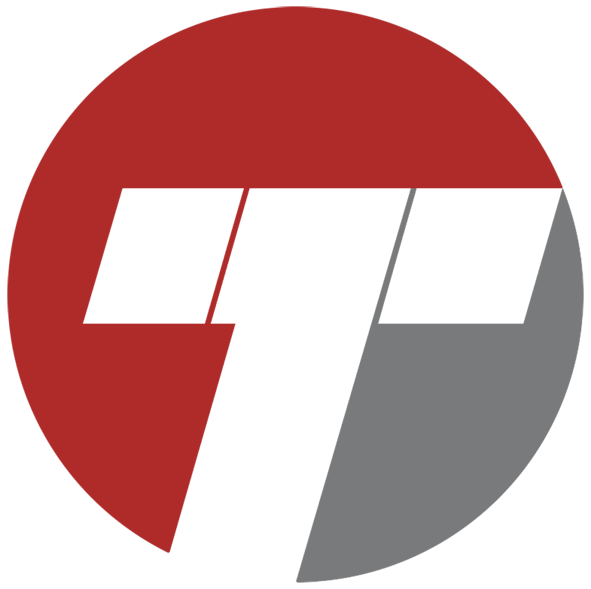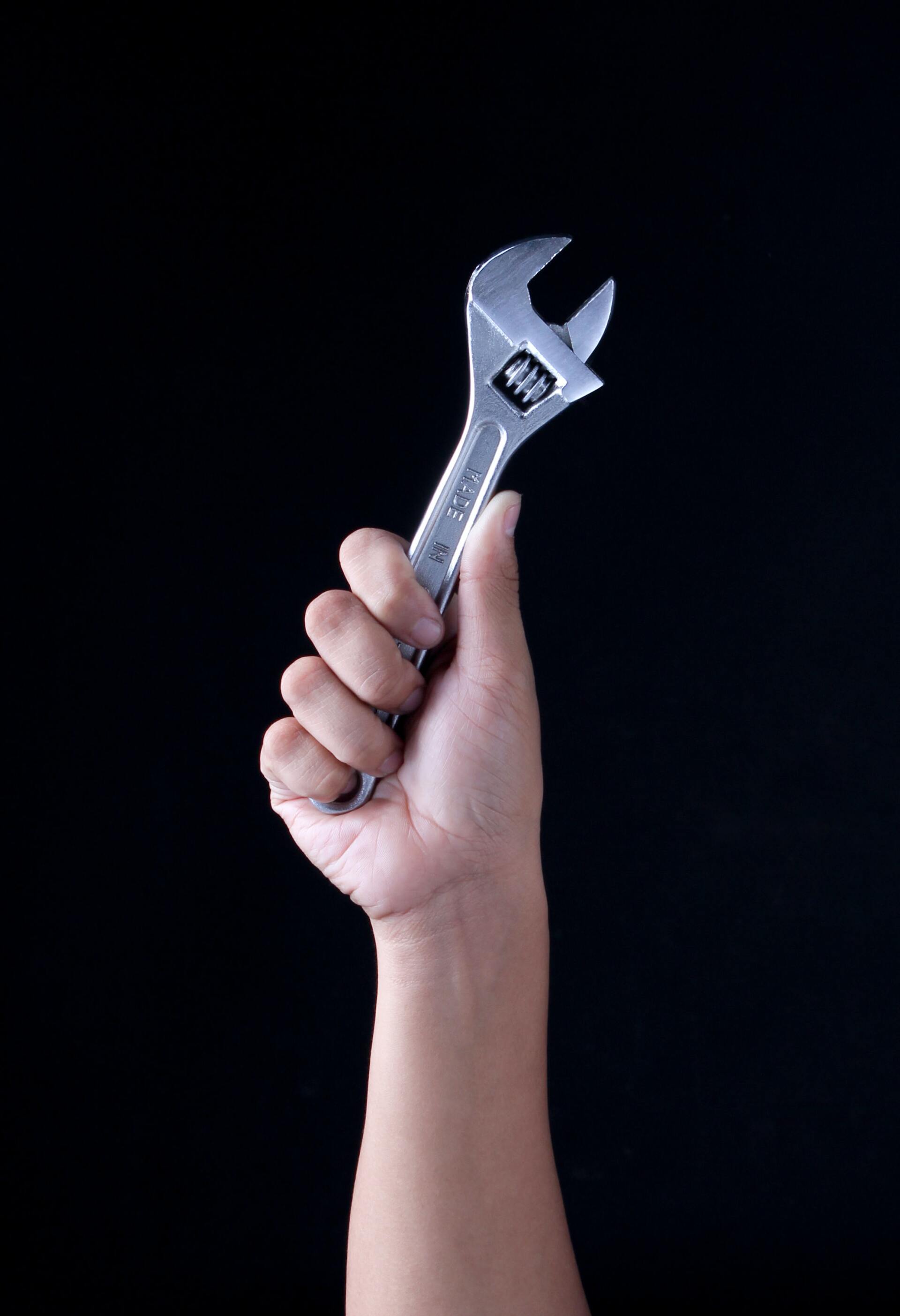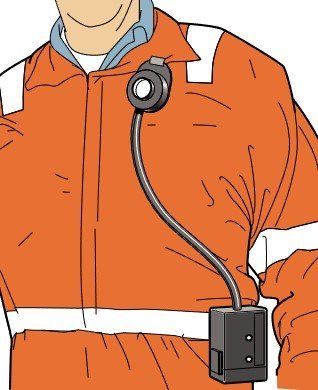Blog Layout
Welcome to our blog
We would like to welcome you all to our new blog, our intention is to post relevant information relating to the LEV industry. This may be in the form of legislative updates, news and information from manufacturers on their products, updates from us on what we have been up to or useful hints and tips for those who have or may need LEV systems.
We offer full life cycle service for local exhaust ventilation (LEV) systems, from initial design consultation to installation and commissioning, we also provide maintenance and servicing packages that include your statutory inspection and reporting. Our aim is to Keep your business compliant with the COSHH regulations and your workforce free from exposure to hazardous substances.
You can find out all about us on our website https://www.tempest-one.com
and find our contact information there too.
30 Mar, 2021
To answer this fully we need to give a bit of background, local exhaust ventilation (LEV) systems are engineering controls put in place to prevent employees from exposure to hazardous substances. Regulation 7 (1) of The Control of Substances Hazardous to Health Regulations 2002 (as amended) states. “Every employer shall ensure that the exposure of his employees to substances hazardous to health is either prevented or, where this is not reasonably practicable, adequately controlled. “ Under regulation 9 of the COSHH regulations, engineering controls provided to meet the requirements of regulation 7, the employer shall ensure that thorough examination and testing of those controls is carried out. This must be carried out by a competent person. Thorough examination, and testing (TExT) is also referred to as COSHH testing, statutory or routine inspections, and most commonly as LEV Testing. No matter what it is called, it is a legal requirement to have your LEV system subjected to a TExT by a competent person at least once in every 14-month period. There are certain systems that require more frequent inspections which are detailed in Column 1 of Schedule 4 the COSHH regulations. There are a few key components that are present on all systems. These are the hood, duct work, fan, and discharge, most systems have filtration installed too. The inspection ensures that control is being achieved at all sources or potential points of exposure to the hazardous substance, this means assessing the entire process not just the portion carried out under the LEV system. The assessment of control is done by using a combination of physical measurements and visual checks to prove its effectiveness. Measurements are taken at the hoods and various points in the ductwork/discharge to make sure the air speed is sufficient to keep the fume, vapour, dust or mist suspended in the air stream until is cleaned by a filter or discharged outside of the working area to a safe place. If the air is being cleaned, checks are also carried out on the filter to make sure it is effective, and the air being discharged is clear from contaminants. The plant, duct and hoods are also checked for their condition, suitability for the contaminant being controlled, fire rating, explosion rating and more. There are several other regulations and guidance documents that are relevant dependent on the environment, hazard, and processes. When control cannot be achieved fully by LEV alone, other measures can be used and these are also assessed for suitability and protection factors. This means that workplace exposure levels are measured to make sure exposure levels are below the levels set in HSE document EH40/2005- Workplace exposure limits. From an outsider’s perspective, the inspection may appear to be a simple check of performance but to the trained eye, observations are being noted throughout the entire visit to make sure you and your employees are protected from exposure to hazardous substances and that your control systems are, and remain, fit for purpose. We cant cover everything in a short post but hopefully this gives you an idea of what is involved and why it is important to bring in professional help.




